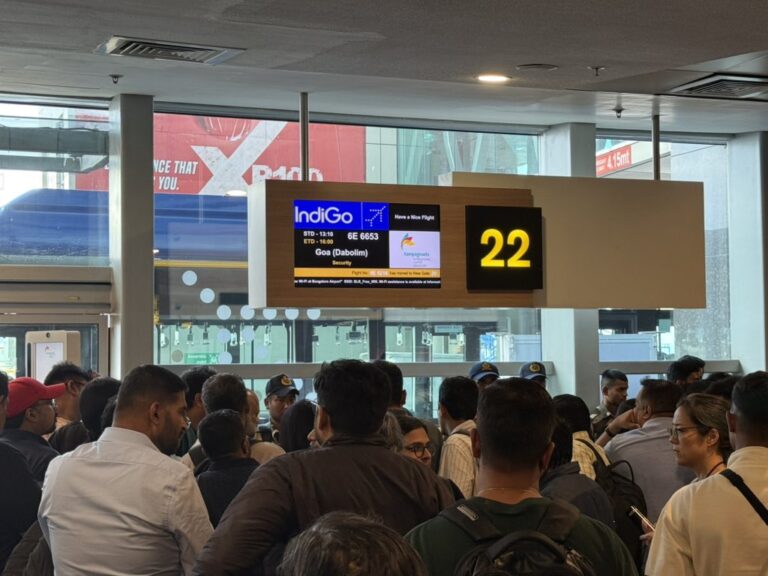
Geneva: Globally, during the week of 4 through 10 April 2022, the number of new COVID-19 cases has continued to decline for the third consecutive week, with a 24% decrease as compared to the previous week. Also, the number of new weekly deaths continues the decreasing trend (-18% as compared to the previous week).
Over 7 million cases and over 22 000 deaths were reported during this period, with all the regions showing decreasing trends both in the number of new weekly cases and new weekly deaths.
As of April 10, 2022, over 496 million confirmed cases and over 6 million deaths have been reported globally.
At the country level, the highest numbers of new weekly cases were reported from theRepublic of Korea (1 459 454 new cases; –29%), Germany (1 019 649 new cases; –26%), France (927 073 new cases;–3%), Viet Nam (453 647 new cases; –43%), and Italy (447 322 new cases; –8%).
The highest numbers of new weekly deaths were reported from the United States of America (3 682 new deaths; –9%), South Korea (2 186 new deaths; –6%), the Russian Federation (2 008 new deaths; –15%), Germany (1686 new deaths; +6%), and Brazil (1 120 new deaths; –22%).
The Omicron variant remains the dominant variant circulating globally, accounting for nearly all sequences recently reported to GISAID. Among the 379 278 sequences uploaded to GISAID with specimens collected in the last 30 days, 376 082 (99.2%) were Omicron, 125 (<0.1%) were Delta and 2 961 (0.8%) sequences were not assigned to a Pango lineage.
The World Health Organization (WHO) said today it continues to monitor several descendent lineages under the Omicron VOC, including.1, BA.2, BA.3 as well as now BA.4 and BA.5. It also includes BA.1/BA.2 circulating recombinant forms, such as XE.
A small number of sequences of BA.4 and BA.5 descendent lineages have now been detected in a few countries. Both have additional mutations in the Spike region (S:L452R, S:F486V) and unique mutations outside of Spike. The S:L452R and S:F486V mutations are associated with potential immune escape characteristics. In addition, the majority of BA.4 and BA.5 sequences have the 69–70 deletion responsible for S gene target failure (SGTF) in some PCR assays. “This may prove useful for surveillance purposes in places where BA.2 is dominant, as the 69–70 deletion is largely not present in BA.2 sequences.
WHO said it is working with scientists to further assess the characteristics of these lineages and their public health implications.
– global bihari bureau






I was pretty pleased to discover this great site. I need to thank you for your time for this particularly fantastic read!! I definitely appreciated every part of it and I have you bookmarked to see new stuff on your blog.